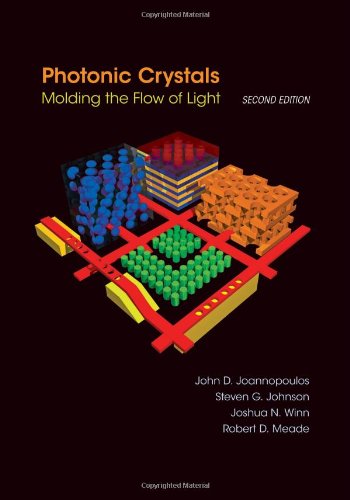

Most ebook files are in PDF format, so you can easily read them using various software such as Foxit Reader or directly on the Google Chrome browser.
Some ebook files are released by publishers in other formats such as .awz, .mobi, .epub, .fb2, etc. You may need to install specific software to read these formats on mobile/PC, such as Calibre.
Please read the tutorial at this link. https://ebooknice.com/page/post?id=faq
We offer FREE conversion to the popular formats you request; however, this may take some time. Therefore, right after payment, please email us, and we will try to provide the service as quickly as possible.
For some exceptional file formats or broken links (if any), please refrain from opening any disputes. Instead, email us first, and we will try to assist within a maximum of 6 hours.
EbookNice Team

Status:
Available5.0
31 reviewsSince it was first published in 1995, Photonic Crystals has remained the definitive text for both undergraduates and researchers on photonic band-gap materials and their use in controlling the propagation of light. This newly expanded and revised edition covers the latest developments in the field, providing the most up-to-date, concise, and comprehensive book available on these novel materials and their applications.
Starting from Maxwell's equations and Fourier analysis, the authors develop the theoretical tools of photonics using principles of linear algebra and symmetry, emphasizing analogies with traditional solid-state physics and quantum theory. They then investigate the unique phenomena that take place within photonic crystals at defect sites and surfaces, from one to three dimensions. This new edition includes entirely new chapters describing important hybrid structures that use band gaps or periodicity only in some directions: periodic waveguides, photonic-crystal slabs, and photonic-crystal fibers. The authors demonstrate how the capabilities of photonic crystals to localize light can be put to work in devices such as filters and splitters. A new appendix provides an overview of computational methods for electromagnetism. Existing chapters have been considerably updated and expanded to include many new three-dimensional photonic crystals, an extensive tutorial on device design using temporal coupled-mode theory, discussions of diffraction and refraction at crystal interfaces, and more. Richly illustrated and accessibly written, Photonic Crystals is an indispensable resource for students and researchers.